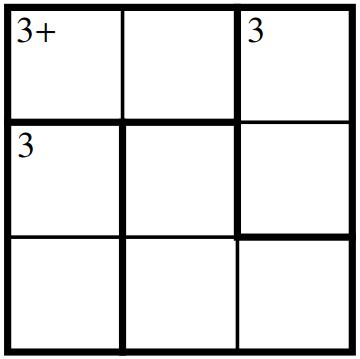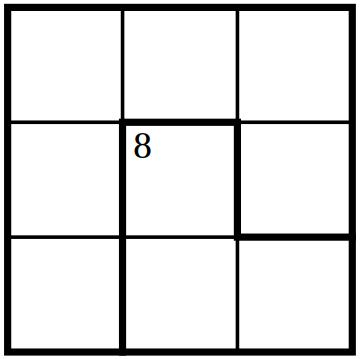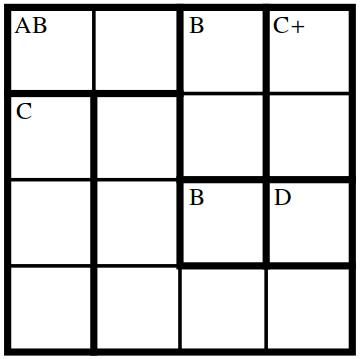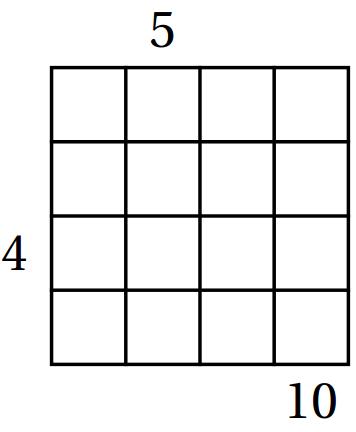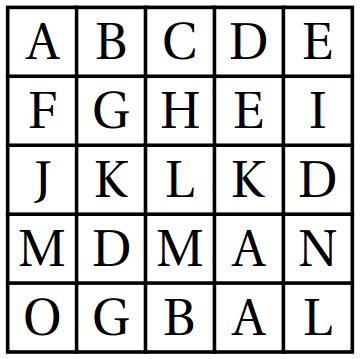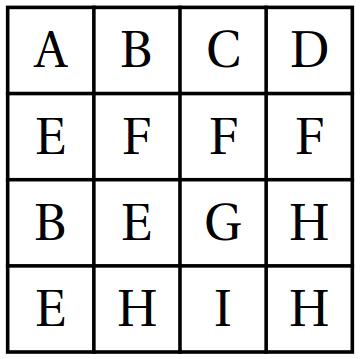The Emperor and His Wizards
I recently posted a cute puzzle about the emperor and his wizards from 2015 Moscow Math Olympiad. It is time for the solution and two new variations. But first let me repeat the puzzle.
The emperor invited 2015 of his wizards to a carnival. Some of the wizards are good and others are evil. The good wizards always tell the truth, whereas the evil ones are free to say anything they want. The wizards know who is who, but the emperor does not.
During the carnival, the emperor asks every wizard a yes-or-no question. Then he expels one of the wizards from his kingdom. The expelled wizard leaves through a magic door, which allows the emperor to discover what kind of wizard s/he was. After that the emperor starts the next round of questions and expels another wizard. He continues the rounds until he decides to stop.
Prove that it is possible to expel all the evil wizards, while expelling not more than one good wizard.
Solution: Suppose the emperor knows one good wizard. Then he can create a chain that leads him to an evil wizard, as follows: Suppose Alice is the known good wizard. The emperor chooses some other wizard, say Bob, and asks Alice “Is Bob evil?” (which question Alice, being good, will answer truthfully). If Bob turns out to be evil, the emperor can expel him, and repeat this (starting with Alice) next round. If Bob turns out to be good, the emperor can continue, asking Bob about Carl, etc, until he either reaches an evil wizard or determines that all remaining wizards are good.
The above means that, if the emperor can find a good wizard sacrificing at most one (other) good wizard, the emperor will succeed. Here is one way to do this: Let the emperor pick Anne and ask everyone else whether Anne is good. Suppose at least one wizard, say Bill, says that Anne is good. The emperor expels Bill. If Bill is revealed to be evil, then nothing is lost, and the emperor can try again next round. If Bill is revealed to be good, then the emperor knows for sure that Anne is good and can proceed to expel all the remaining evil wizards with the chain method above. If, on the other hand, no one says that Anne is good, then the emperor expels Anne. If Anne proves evil, the emperor didn’t lose anything and can conduct another trial next round. If Anne proves good, then everyone else is evil, and the emperor can expel them all without asking any more questions.
I like the mathematical part of the puzzle, but I hate when innocent people are punished. So I couldn’t stop thinking about the puzzle until I found a variation where no good wizard need be expelled (the magic properties of the gate are redundant now, since the emperor only ever sends evil wizards through it):
The setting is the same as before, except the emperor knows how many evil wizards there are. He wants to expel all the evil wizards without expelling a good one. For which numbers of evil wizards can he do that?
In addition, my reader Leo Broukhis couldn’t get through my CAPTCHAs to post a comment (I think there’s something wrong with the plugin) but sent me a variation of the original puzzle by email:
Share:There is again an emperor with a magic gate plagued with a superfluity of evil wizards, but this time the carnival is not very long, so the emperor does not have the luxury of asking the wizards many questions. In fact, he is restricted to asking all of them the same single question, after which he will conduct a series of expulsions that must rid the empire of evil wizards while expelling at most one good one. The one saving grace to this difficult situation is that the question need not be limited to “Yes” or “No” answers—an unbounded (single) integer is permissible.
